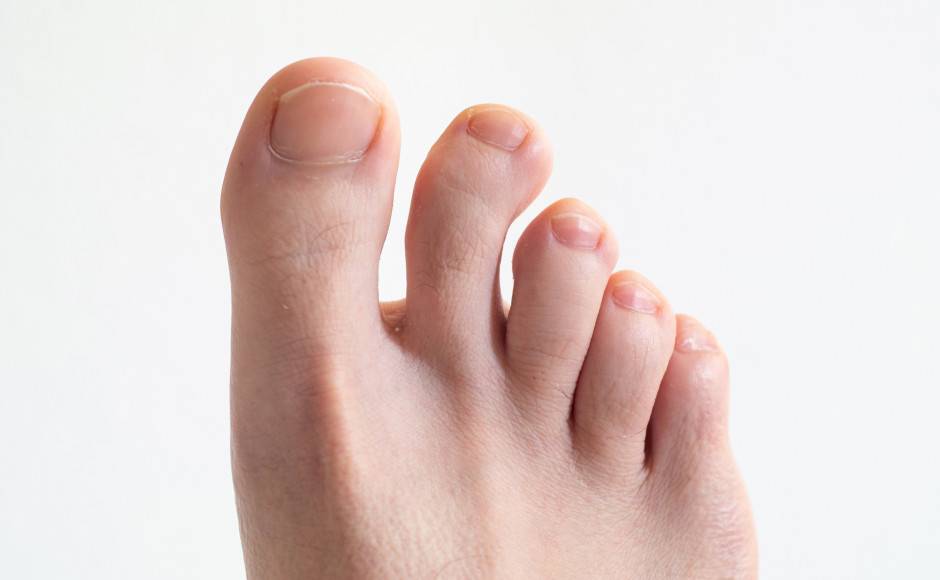Lesser Toe Surgery
Lesser toe deformities come in all shapes and sizes. Terms such as Hammertoes, claw toes, mallet toes, crooked toes, rotated toes, curly toes are used to describe them. They can cause painful corns and calluses to form from rubbing adjacent toes, shoes, or the ground when walking. This commonly leads to the inability to wear certain closed toe shoes due to the discomfort of the toes within them. Painful arthritic changes may also occur in the joints of the toes as they adapt to the deformed position.
The cause of the toe deformities is almost just as varied as their types. They result from foot type and muscle compensations, muscle imbalance of the foot and leg, trauma, improper shoe wear over time, bunions, and systemic conditions such as rheumatoid arthritis and reactive arthritis.

More About Lesser Toe Surgery
Over time, toe deformities will worsen as they transform from a flexible to rigid position. Therefore, the surgery to correct them becomes more complicated and advanced. It is important to evaluate the toes early on to mitigate progression of the condition.
A thorough consultation, history, examination, and understanding of patient goals are required to determine and tailor which surgical procedure(s) will correct the toe deformity as a whole. As such, information about the recovery period and return to activities and work will be discussed at time of consultation.
Dr. Matthew Turanovic is trained in the most up to date and advanced surgical techniques and protocols for foot and ankle surgery - without the need for casts and crutches. See the about me for more information about your surgeon.
Depending on the number of toes operated on and what procedures are being performed, surgery typically takes 20 minutes to about an hour. Surgery is done with regional anesthesia and optional oral sedation. This means the nerves of the foot are numbed with local anesthetic so no pain is felt during the procedure. Oral medication is given to reduce anxiety, promote a calming effect, and sometimes a relaxing nap. This allows for a quicker, more comfortable recovery after surgery and poses significantly fewer risks and complications compared with general anesthesia.
Detailed care instructions will be given and pain control medicine will be prescribed after surgery. You will have direct contact with the surgical team questions or concerns arise when you leave the office.
